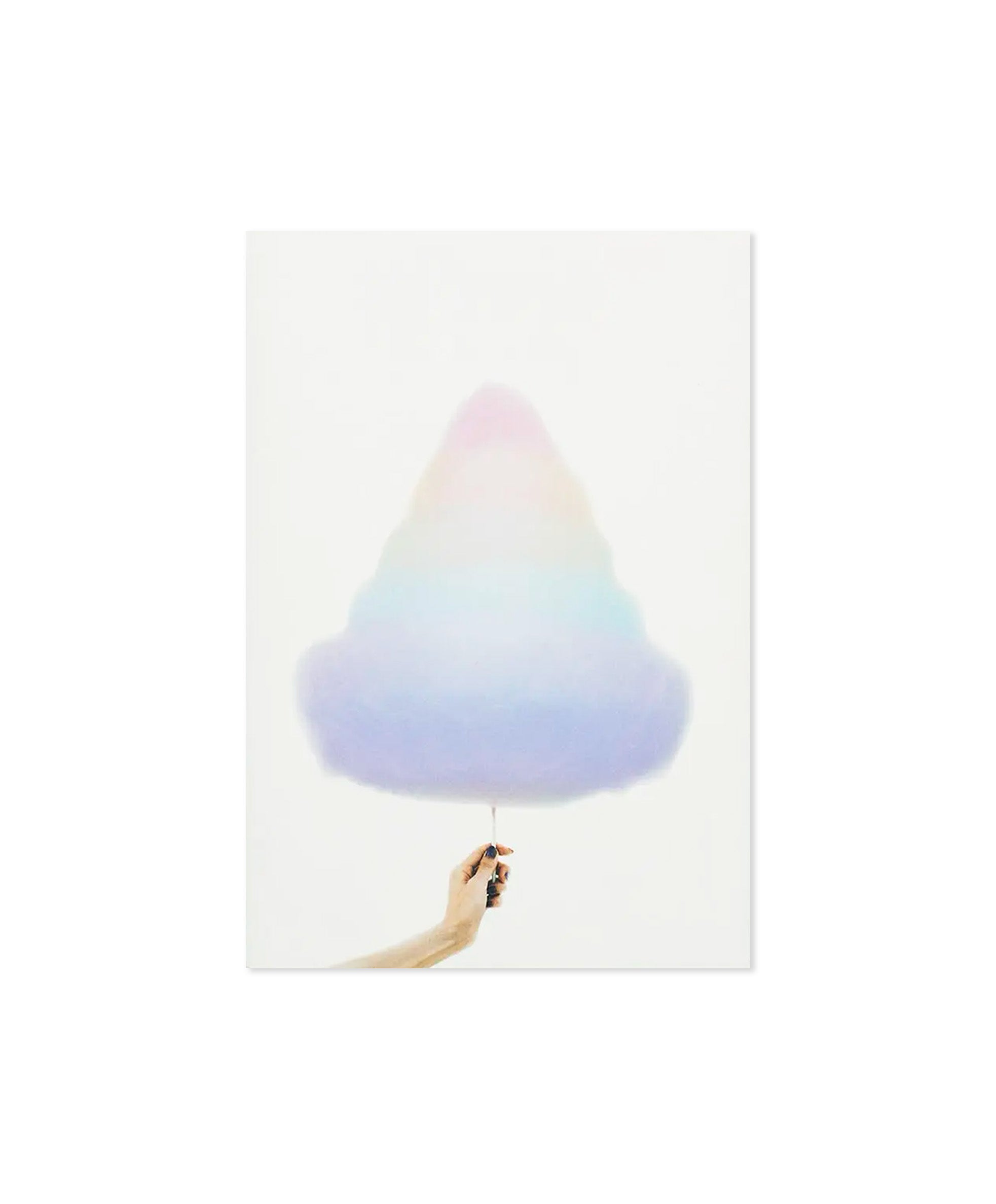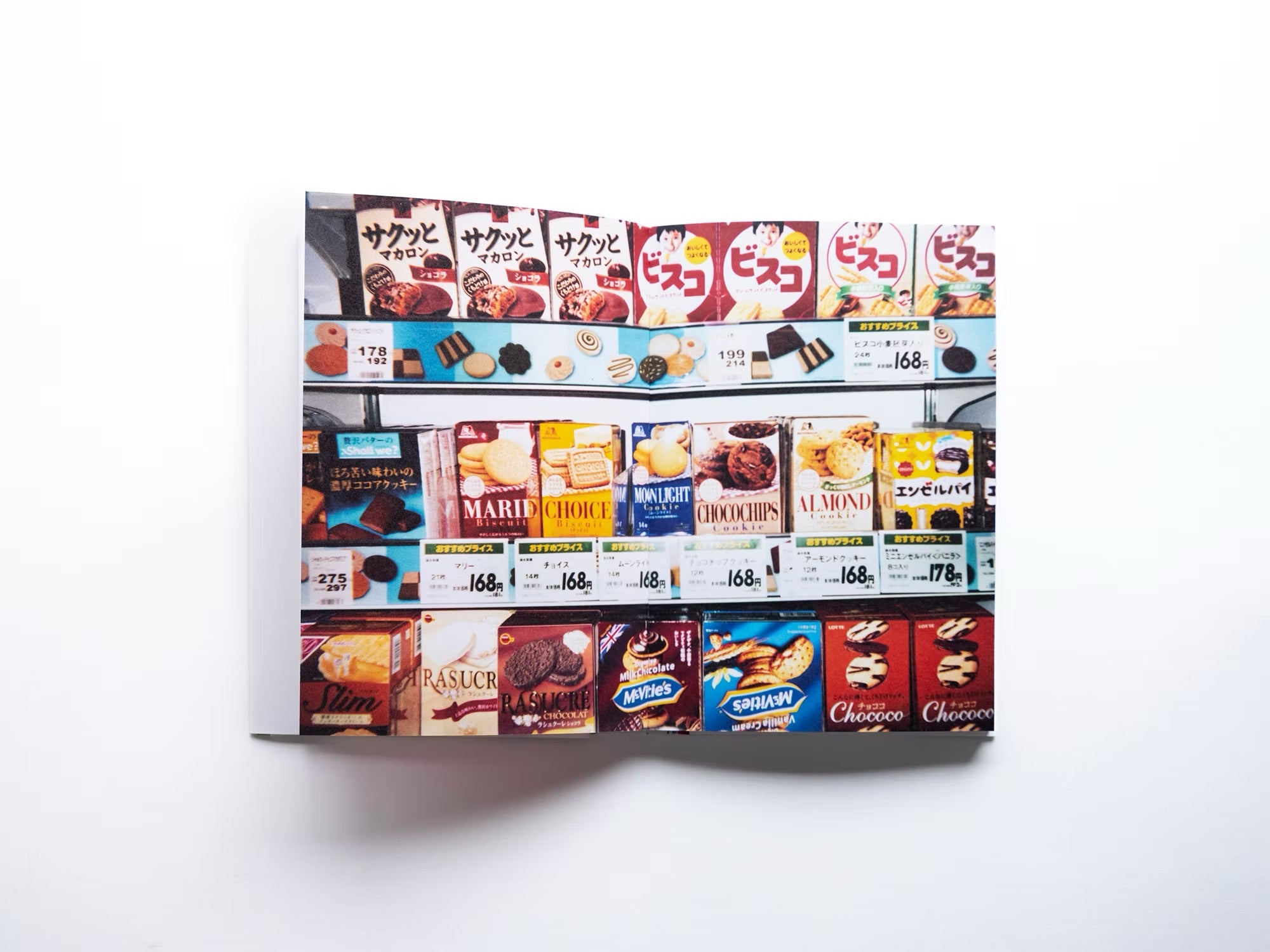Katrine Longly - To tell my real intentions, I want to eat only haze like a hermit
Pickup available at 1 rue des Minimes
– Default Title
-
1 rue des Minimes
09709759181 Rue des Minimes
75003 Paris
France
Katrine Longly
To tell my real intentions, I want to eat only haze like a hermit
Published by Three Books Publishing, 2025
Size: 20.6 x 14.2 cm
224 pages (book) + 40 pages (booklet)
Languages: English, Japanese
Eating is never a purely technical act.
A source of pleasure or a tool for controlling one's own body, a way to connect with others or a solitary delight, free or a generator of anxiety, our relationship with food can take on very diverse forms. It is intimately linked to our emotions and acts as a subtle indicator of our social and family history. But where does it take root?
Katherine Longly was overweight as a child. Between control and pleasure, her relationship with food is still haunted by the ghost of these childhood memories, which shape her self-image with force and persistence. She decided to question these issues beyond her own experience, in the particular context of Japanese society, where the pressure exerted on bodies seems more intense than elsewhere.
During several residencies in the archipelago, the artist interviewed different people about their relationship with food and their bodies, and recorded their stories. We then understand how Yuki gradually sank into anorexia, to the point where he could only swallow liquids; how Ren managed to protect himself from the outside world thanks to the bentos prepared by his mother; how Kenichi reacted when he was classified as a "metabo" after his height was measured by the municipality; how Mina was able to reconnect with an absent mother by cooking with her brothers; or how Rika managed to hide her bulimia for more than twenty years.
Katherine then asked these people to illustrate their relationship with food from their own perspective, using a disposable camera. This choice is not insignificant: it prevents any control over the final image, in contrast to the apparent perfection of photos published on social media. The result is a series of images imbued with a certain photographic freshness, leaving room for surprise in the face of shots of overwhelming sincerity.
At the crossroads of art and anthropology, this book, produced in close collaboration with all the people interviewed, invites everyone to dig deeper to discover where their own relationship with food and their body is rooted.







